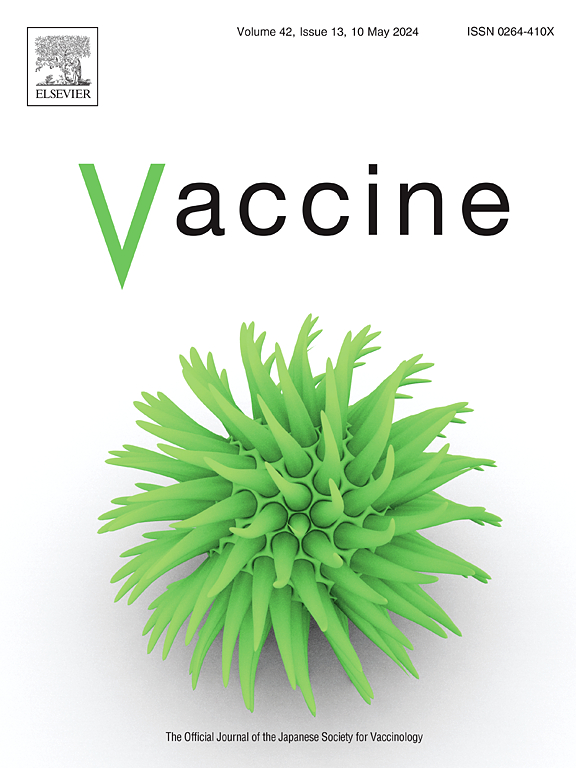Identification of T-cell epitopes of the intracellular parasite Babesia bovis by immunopeptidomic analysis of BoLA-II presented peptides
IF 4.5
3区 医学
Q2 IMMUNOLOGY
引用次数: 0
Abstract
Immunity to the bovine parasite Babesia bovis requires both innate and adaptive mechanisms that include macrophages, CD4+ T cells and neutralizing antibodies. Therefore, the development of new vaccines that replace the use of attenuated strains should include antigens and delivery systems targeting both arms of the immune response. Bioinformatic pipelines for the prediction of B-cell epitopes have been widely used by many research groups. However, despite intensive efforts, only a limited number of T-cell epitopes have been identified so far for B. bovis. Here, we report for the first time the characterization of the B. bovis BoLA II immunopeptidome derived from bovine macrophages pulsed with infected erythrocytes. This parasite-bovine host cell interaction model allowed the identification of 28 previously uncharacterized naturally presented BoLA II peptides of the parasite. In vitro validation of a subset of peptides resulted in the identification of a glyceraldehyde-3-phosphate dehydrogenase derived T-cell epitope that induced the release of IFN-γ from CD4+ lymphocytes from B. bovis infected animals. Altogether these results demonstrate the discovery of new potential candidate antigens for a B. bovis recombinant vaccine. This peptide dataset could also be used to enrich bioinformatic algorithms for future predictions involving other infectious diseases of cattle.
用免疫肽组学方法鉴定细胞内寄生虫牛巴贝虫的t细胞表位
对牛巴贝虫的免疫需要先天和适应性机制,包括巨噬细胞、CD4+ T细胞和中和抗体。因此,替代减毒毒株使用的新疫苗的开发应包括抗原和针对免疫反应两臂的递送系统。生物信息学管道预测b细胞表位已被许多研究小组广泛使用。然而,尽管付出了巨大的努力,到目前为止,只有有限数量的t细胞表位被确定为牛b。在这里,我们首次报道了牛B. bovis BoLA II免疫肽球的特性,该肽球来源于受感染红细胞脉冲的牛巨噬细胞。该寄生虫-牛宿主细胞相互作用模型允许鉴定28个以前未表征的自然呈现的寄生虫BoLA II肽。体外验证一组肽的结果是鉴定出甘油醛-3-磷酸脱氢酶衍生的t细胞表位,该表位诱导牛b感染动物的CD4+淋巴细胞释放IFN-γ。总之,这些结果表明发现了新的潜在的牛b型重组疫苗候选抗原。该多肽数据集还可用于丰富生物信息学算法,用于未来预测涉及牛的其他传染病。
本文章由计算机程序翻译,如有差异,请以英文原文为准。
求助全文
约1分钟内获得全文
求助全文
来源期刊

Vaccine
医学-免疫学
CiteScore
8.70
自引率
5.50%
发文量
992
审稿时长
131 days
期刊介绍:
Vaccine is unique in publishing the highest quality science across all disciplines relevant to the field of vaccinology - all original article submissions across basic and clinical research, vaccine manufacturing, history, public policy, behavioral science and ethics, social sciences, safety, and many other related areas are welcomed. The submission categories as given in the Guide for Authors indicate where we receive the most papers. Papers outside these major areas are also welcome and authors are encouraged to contact us with specific questions.
 求助内容:
求助内容: 应助结果提醒方式:
应助结果提醒方式:


